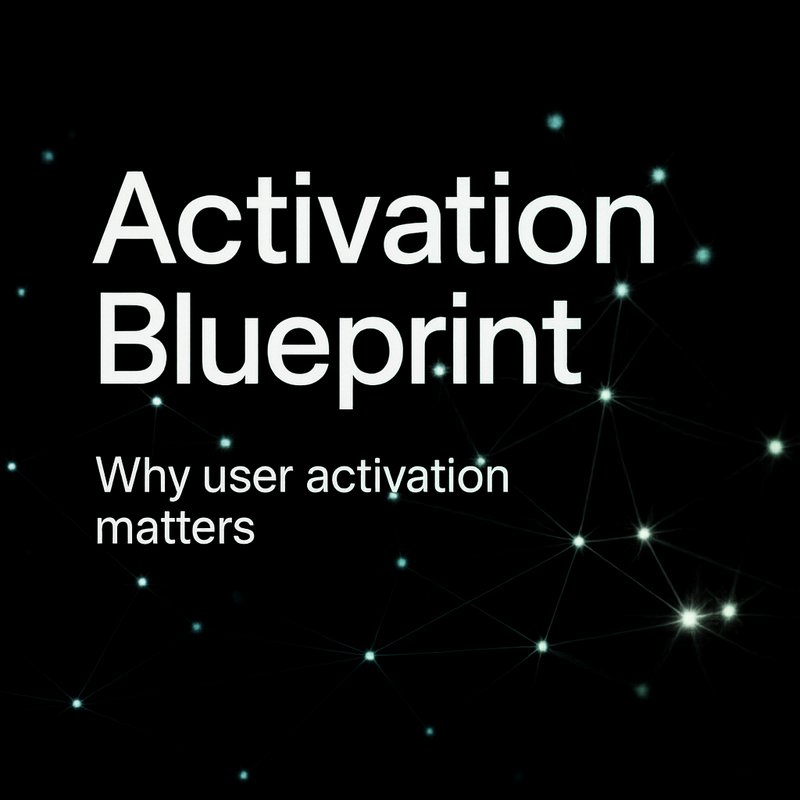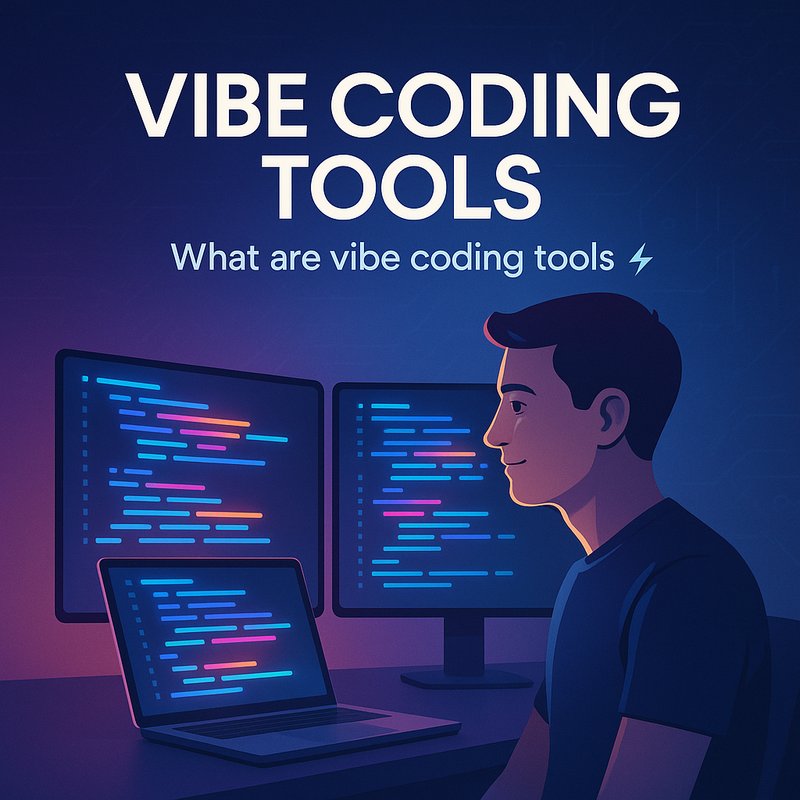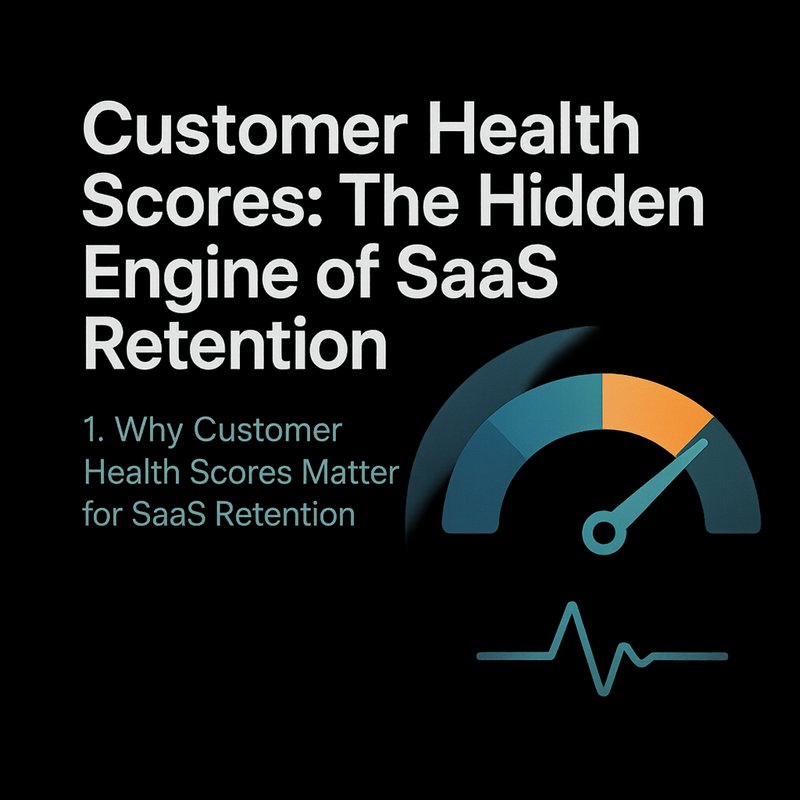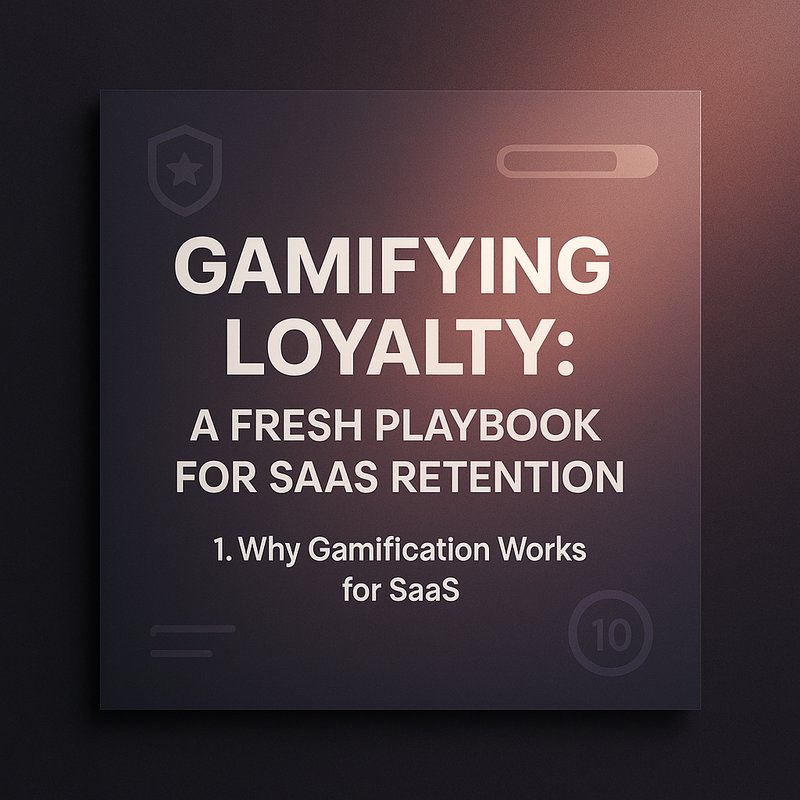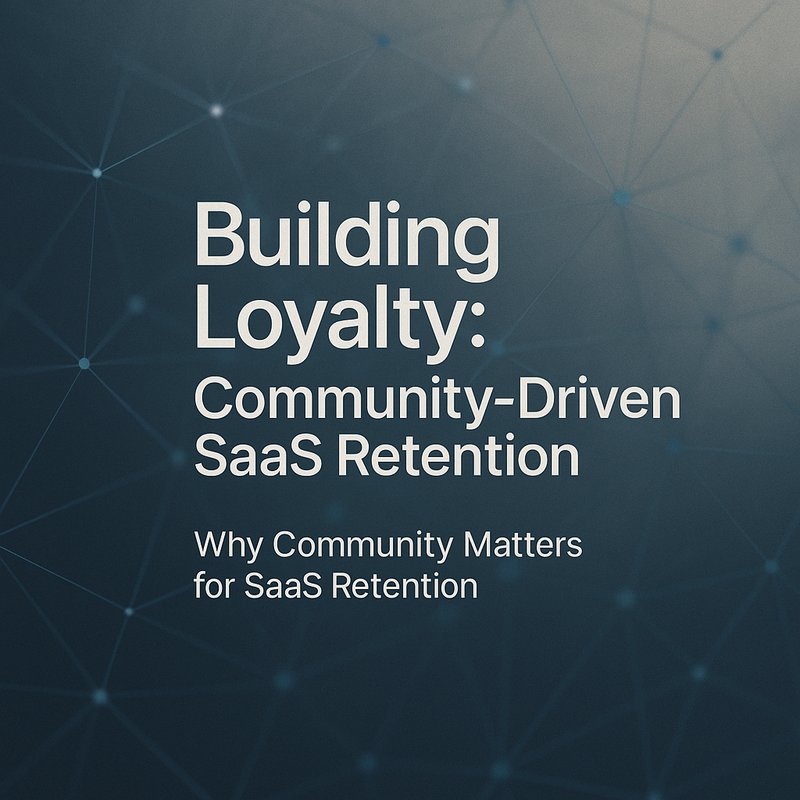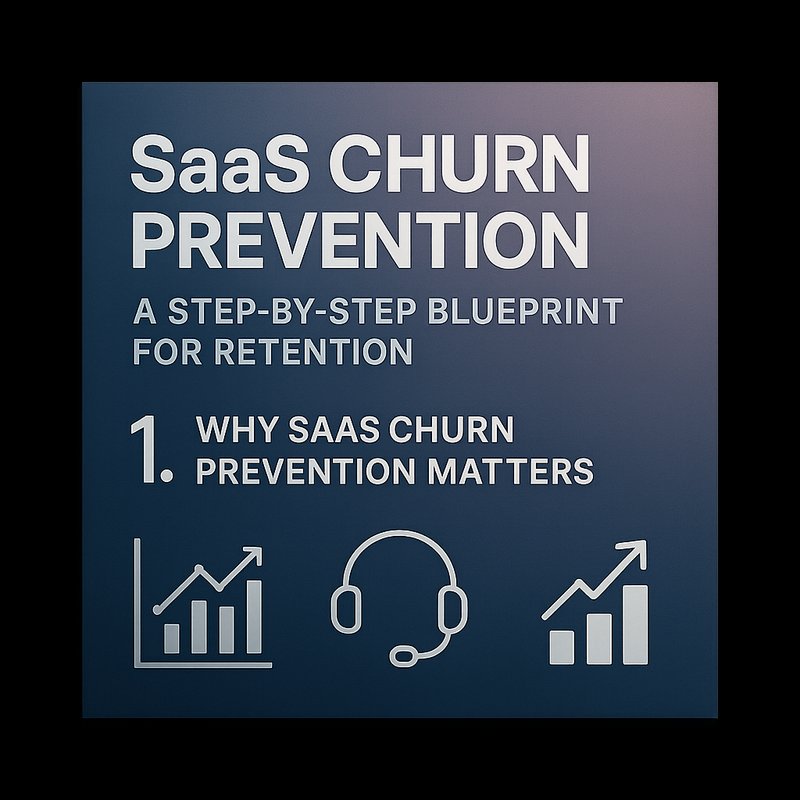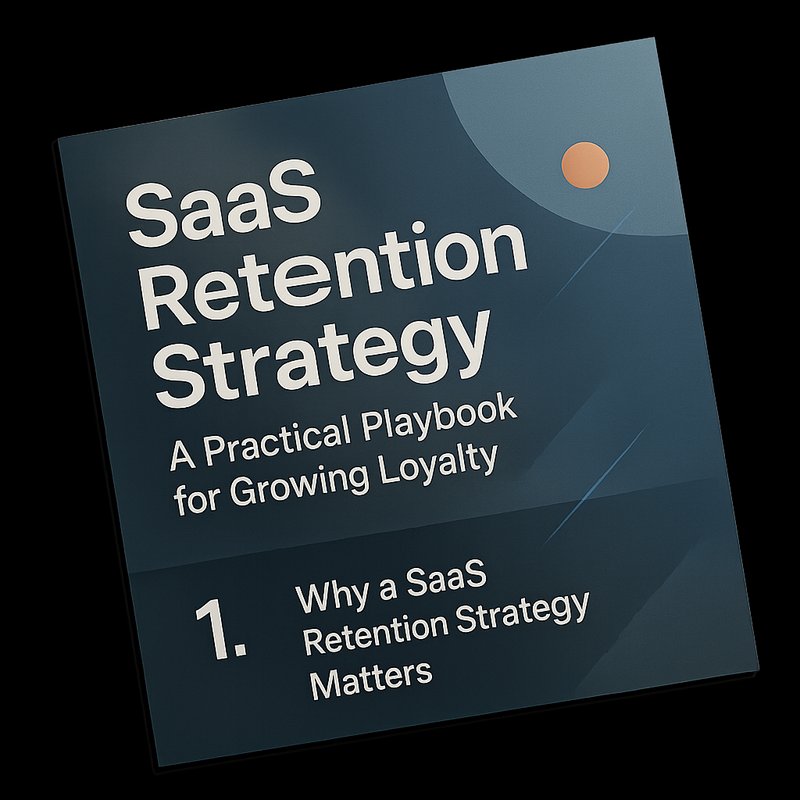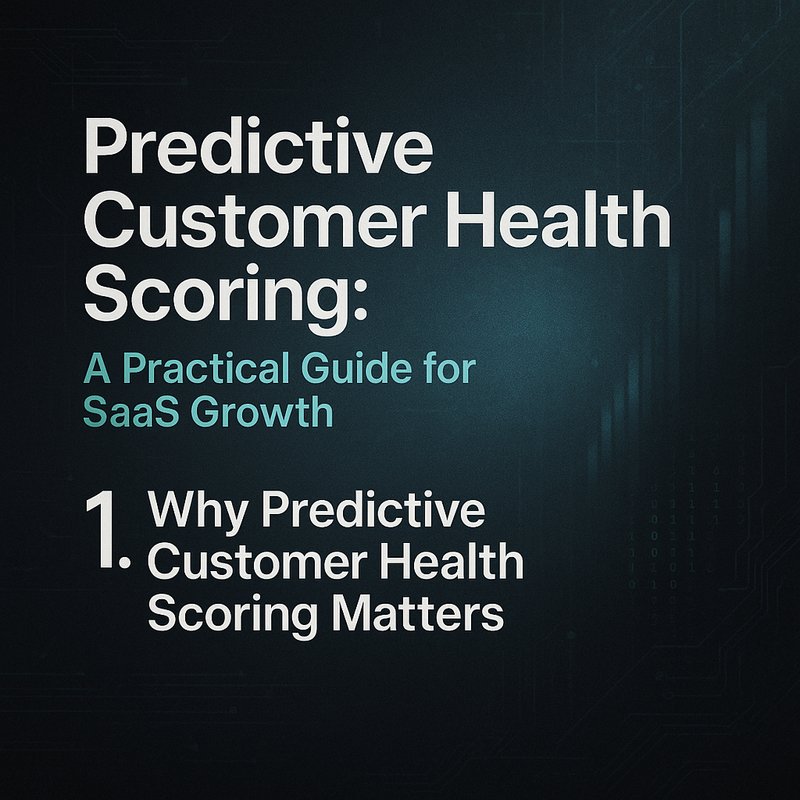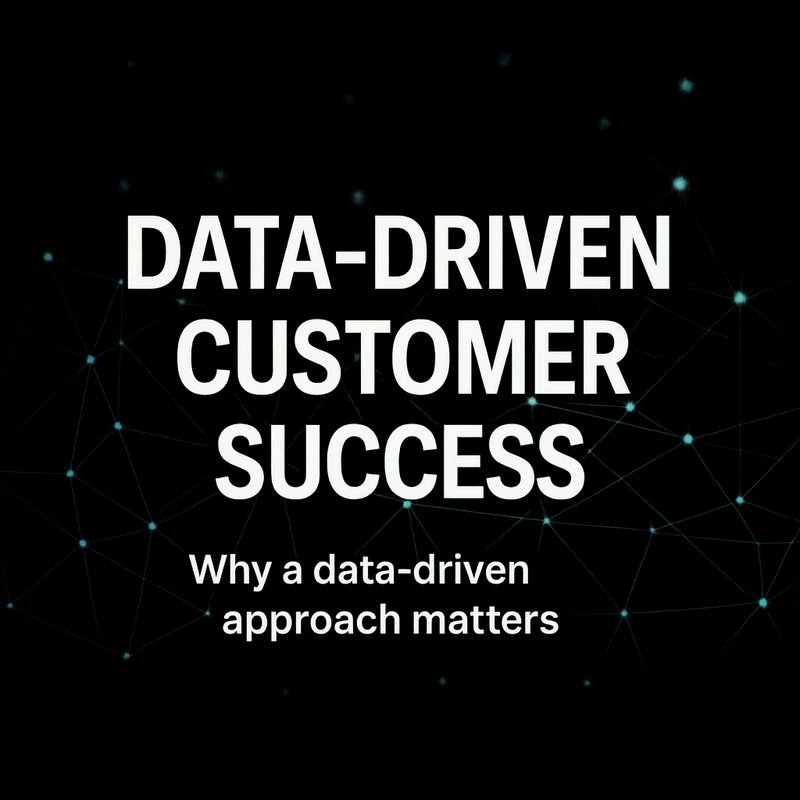Getting a signup is only the start. The hard part? Turning that signup into real action.
This guide shows simple, practical ways to speed up user activation so people see value fast, come back often, and tell others.
Why user activation matters
Signing up feels good. Using the product is where value happens.
When users take a key action quickly, they are more likely to stick around.
Faster activation means less churn, better word of mouth, and more real momentum.
I’ve seen teams obsess over acquisition but forget the tiny moments that turn a visitor into a paying user.
This piece focuses on those moments. Short, useful tactics you can apply this week.
What is user activation
User activation is the moment a user reaches their first meaningful win inside your product.
That could be publishing a post, completing a profile, connecting a data source, or sending an invoice.
The exact action depends on your product, but the idea is universal: first real success equals a higher chance of retention.
Think of activation as the hinge between onboarding and retention.
If you can move people through that hinge fast, everything else gets easier.
Measure it right
You cannot improve what you do not measure.
Pick one activation metric and focus on it for a month.
Examples of clear activation metrics:
- Time to first key action (hours or days)
- Percentage of new users who complete the key action within 7 days
- Activation rate by channel (email, web, partner)
Track these in Google Analytics or your product analytics tool.
If you use Google Analytics, check Events and Funnels.
If you use Amplitude or Mixpanel, build a conversion funnel for sign-up to first action.
Pro tip: segment by acquisition source.
Different channels produce different activation rates.
Identify the sources that bring users who actually do the thing.
Map the activation path
Map the exact steps a new user must take to reach their first win.
Write each step down. Be literal.
Example for a reporting app:
- Sign up
- Confirm email
- Connect data source
- Choose a template
- Run report
Now ask: which step causes most drop-off?
Look at timestamps between steps.
If 60 percent sign up but only 10 percent connect data, that is your bottleneck.
Make one small change at a time. Test it. Measure again.
Design for a quick win
People stay when they get value fast.
So design an activation flow that creates a tiny, visible win within minutes.
Tactics:
- Provide prefilled templates so users can complete a task without building from scratch.
- Create a guided task with three clear steps and a progress indicator.
- Offer a sample dataset for users who are hesitant to connect real data.
- Use a sample outcome (like a sample report or mock dashboard) to show what success looks like.
When users see the result, they understand the point of the product.
This builds trust and nudges them to take the next step.
Use smart prompts, not nagging
Prompts should help, not interrupt.
Timing matters. So does context.
Examples:
- Show a tooltip only when the user hovers near the feature.
- Trigger a short modal when the user pauses for more than 20 seconds on a setup screen.
- Send a friendly email 24 hours after signup if no action was taken.
Keep messages short. Use plain language.
Instead of ‘Would you like to integrate this connector to optimize workflows’, say ‘Connect Google Drive so you can import files in one click’.
The catch? Too many prompts become noise. Set a rule: no more than two nudges per day during onboarding.
Make the first action simple
If the first action requires lots of data, break it into smaller steps.
People prefer quick wins and incremental commits.
Split complex tasks into micro tasks:
- Collect only essential info during signup.
- Ask for extra details after the first success.
- Use progressive disclosure: show advanced options only if users ask.
Example: Instead of asking for billing details at signup, ask for billing only when the user tries to export a report.
Use email and in-product together
Email and in-product messages are best when used together. They reinforce each other.
Suggested cadence for new users:
- Day 0: Welcome email with one clear next step and a direct link.
- Day 1: In-product tooltip guiding the next action.
- Day 3: Email with short tutorial GIF showing the first win.
- Day 7: Targeted nudge if the first action is still not completed.
Keep emails short and actionable. Add a single button link that goes straight to the place they need to be.
You can use SMTP tools or automation platforms. If you want to look at industry examples, see Gmail onboarding or Dropbox onboarding for patterns. For automation ideas, check OpenAI blog posts on product hooks at https://openai.com/blog.
Use trial friction to your advantage

Free trials are common, but trial design matters. Too long and users forget. Too short and they do not try.
Strategies:
- Offer a short trial with guided tasks. A 14-day trial with scheduled nudges often outperforms an open 30-day trial.
- Use trial triggers: when a user reaches a key step, show how paying unlocks more value.
- Provide a frictionless upgrade flow within the product.
Remember, trials should lead to action. If users sign up and never touch the product, the trial did not work.
Personalize the experience
Personal touches change behavior.
Ways to personalize:
- Ask one simple question at signup (role, goal) and customize the dashboard accordingly.
- Preselect recommended templates based on the role.
- Use the user’s name in nudges and emails where appropriate.
I have noticed that when users see content that matches their job or goals, they are more likely to complete a key action.
Use social proof and small rewards
People copy other people. Use that.
Ideas:
- Show a short quote from a similar user who completed the first action and saw a benefit.
- Display small badges when users complete steps: ‘First report complete’.
- Offer a low-stakes reward like 10 credits for completing the first action.
Don’t make rewards complicated. Small wins are enough to build habit.
Reduce friction for must-have steps
Identify steps that block activation and remove friction.
Examples of friction and fixes:
- Long forms: cut fields to essentials.
- Complex integrations: offer a one-click connector or a sample dataset.
- Confusing language: replace jargon with plain words.
If a setup requires uploading files, allow drag and drop. If a step requires a domain verification, offer an alternative for the trial.
Build activation loops
Think beyond one activation. Build a loop that encourages repeated action.
A simple activation loop:
- User completes action A and sees value.
- System suggests action B that improves outcome.
- User completes B and shares or invites teammates.
- That leads to more usage and retention.
Design your product so one small action naturally leads to the next.
Use experiments to learn fast
Run small experiments for 1 to 2 weeks. Keep them tight.
Examples:
- Test two different onboarding emails for click rates.
- Try a guided tour versus a short video.
- A/B test ‘Connect data source’ placement on the dashboard.
Use analytics to see what changed. Keep the winning variation.
Coordinate teams around activation
Activation is not just product work. It touches marketing, sales, and support.
What to share across teams:
- The activation metric and current baseline.
- Biggest blockers identified from analytics.
- The experiment calendar and results.
When everyone knows the goal, small changes add up quickly.
When activation goes wrong
Here are common problems and quick fixes.
Problem: Many signups but few actions.
Fix: Shorten the path to the first win. Add a sample data flow.
Problem: Users start but drop at a specific screen.
Fix: Watch session recordings. Simplify that screen and add a clear help link.
Problem: Activation differs wildly by channel.
Fix: Prioritize channels with better activation, and test tailored onboarding for weaker channels.
Quick checklist to start today
- Pick your one activation metric and track it.
- Map the steps to first win and find the bottleneck.
- Create a 3-step guided flow that produces a visible result.
- Add at least one contextual nudge and one email reminder.
- Run a small A/B test for 2 weeks.
- Share results with the team and iterate.
Tools and references
- Google Analytics for funnels: https://analytics.google.com
- OpenAI blog for product examples: https://openai.com/blog
- Hacker News for community feedback and launch ideas: https://news.ycombinator.com
If you use an AI assistant or automation system, you can automate follow-ups and generate in-product messages. For research and resources, NeuraRTS is helpful for digging into product patterns, and Neura ACE can automate content creation for emails if you use that stack.
Final thought
Activation is simple in idea but tricky in practice.
The magic is small, steady improvements.
If you move users to their first win faster, everything downstream gets easier.
Start with one metric, make one change, measure, and repeat.
You might be surprised how much a tiny tweak can move the needle.
